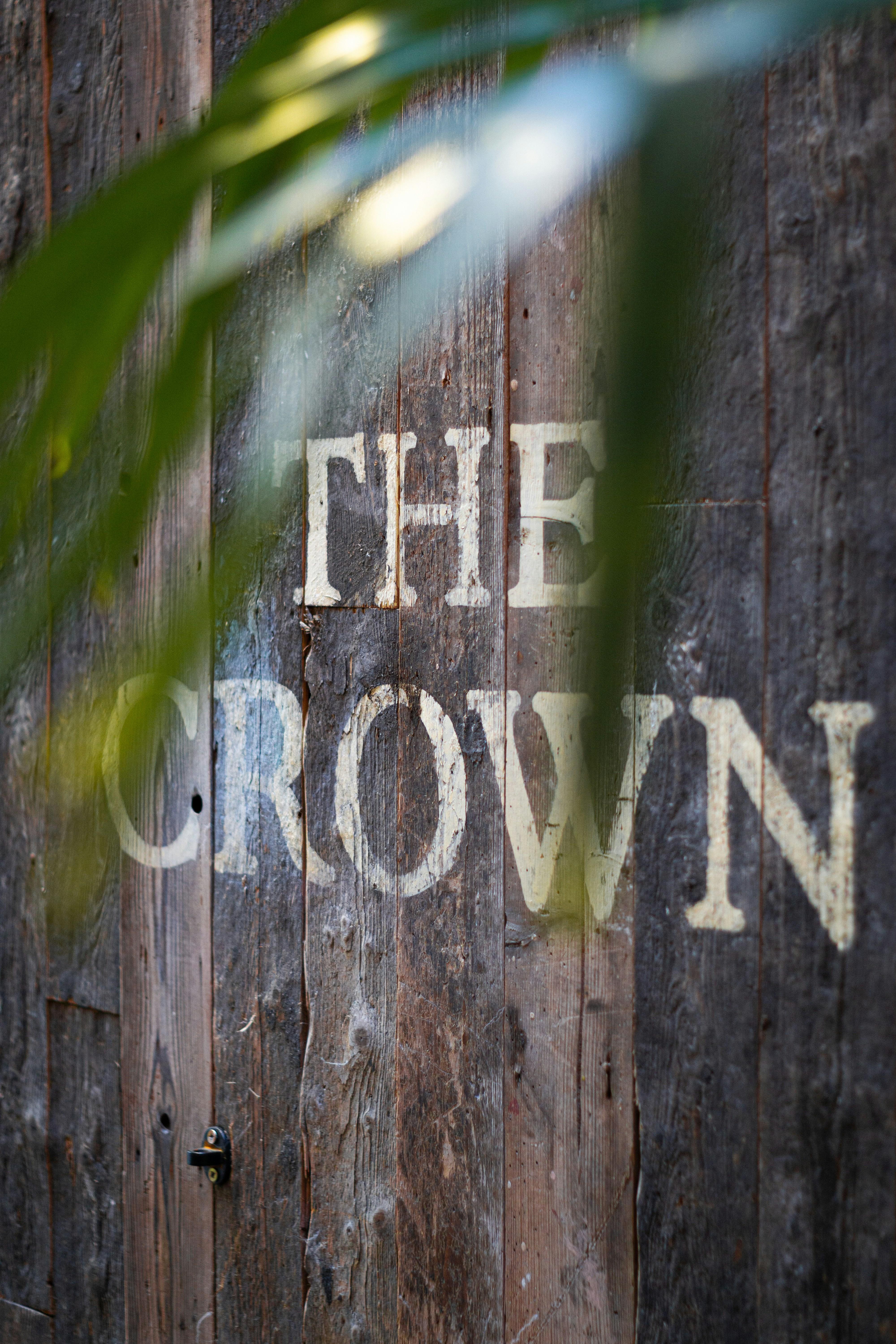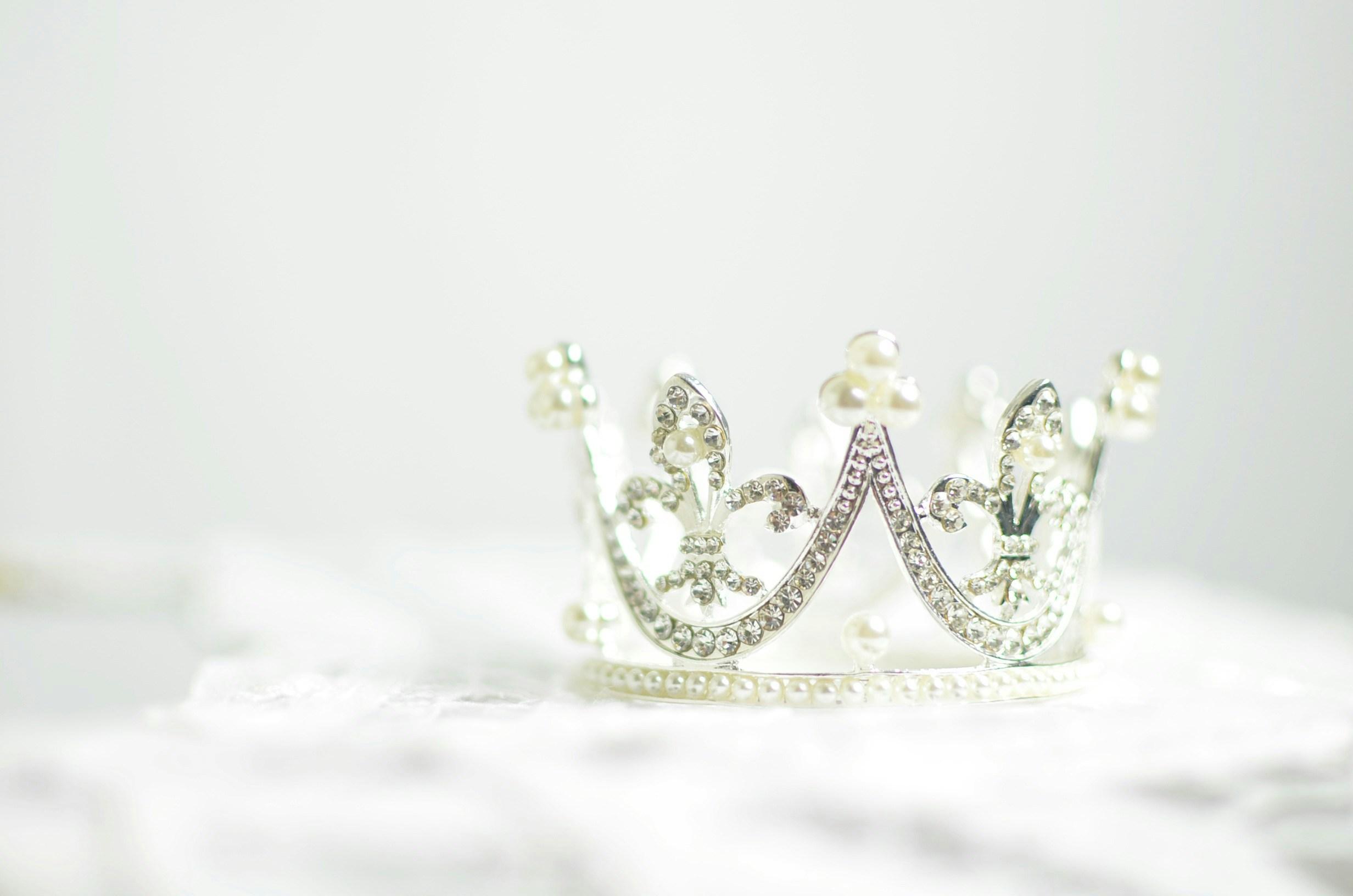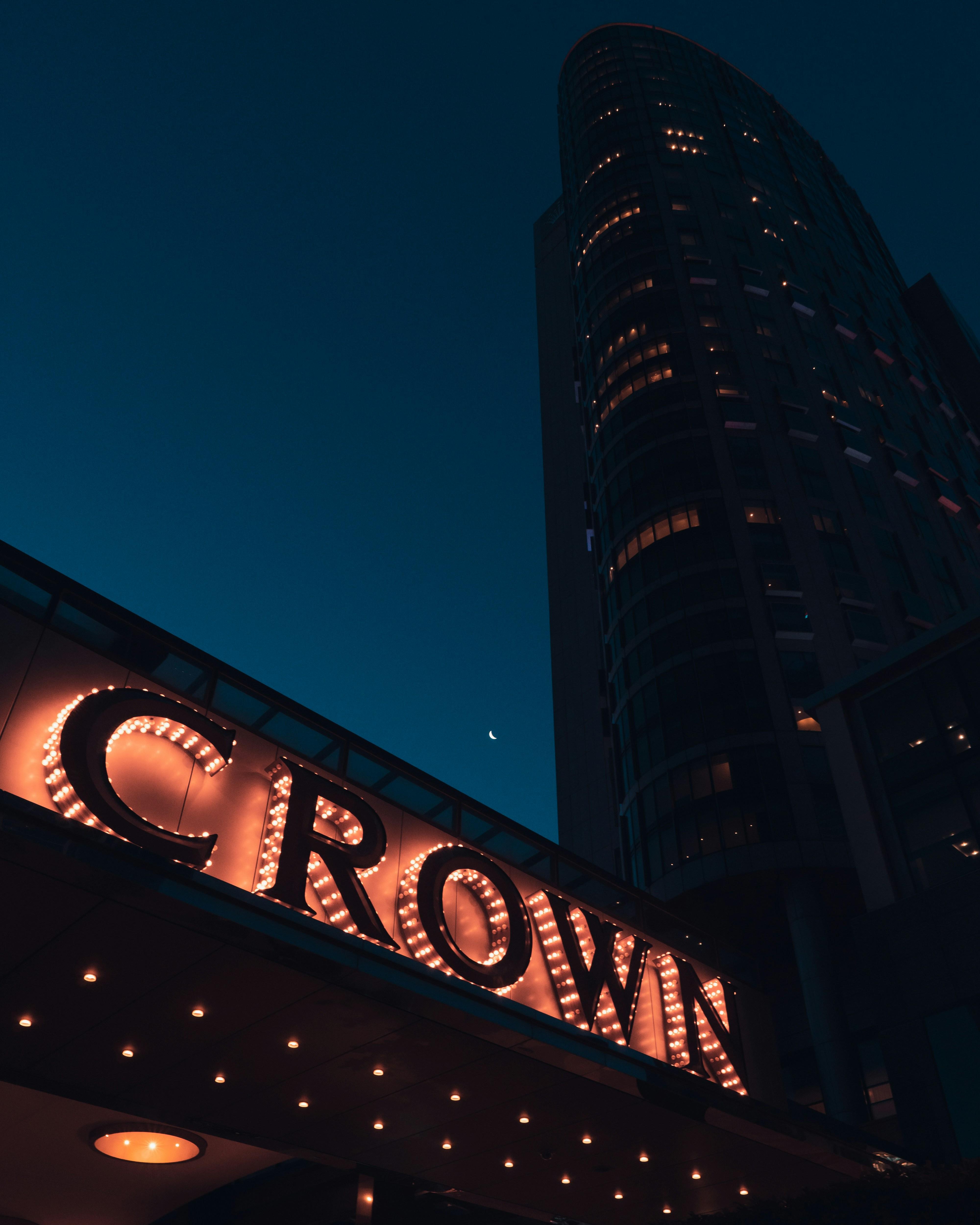In the realm of historical dramas, few television series have captured global attention quite like “The Crown.” With its lavish production and intricate storytelling, the show has garnered praise for its portrayal of the British monarchy, while simultaneously sparking debate over its interpretation of real events. As “The Crown” navigates the delicate terrain between historical accuracy and dramatic narrative, it raises pertinent questions about the responsibilities of filmmakers in depicting history. This article delves into the series’ approach to balancing fact with fiction, examining the creative liberties taken by the show’s creators and the impact these choices have on audience perception. By analyzing specific episodes and character arcs, we aim to uncover the methods employed by “The Crown” to maintain its allure as both an informative and entertaining portrayal of royal life.
Historical Context and Creative License in The Crown
The Crown is a masterclass in weaving historical fact with artistic interpretation, creating a compelling narrative that resonates with audiences worldwide. While the series is anchored in real events, it takes creative liberties to enhance dramatic storytelling. This balance is achieved by focusing on the emotional truths behind historical figures and events, rather than adhering strictly to documented facts. The show portrays the private lives and personal dilemmas of the British royal family, offering a speculative glimpse into moments that are often shrouded in mystery. By doing so, it invites viewers to explore the human side of monarchy, an aspect that history books might overlook.
- Character Development: Characters are fleshed out with imagined dialogues and interactions that might not be historically documented but are plausible within the context of their known personalities.
- Artistic Interpretation: Events are sometimes re-sequenced or dramatized to create a more engaging narrative flow, offering a deeper insight into the emotional stakes involved.
This approach has sparked discussions about the boundaries between fact and fiction in historical dramas. Critics argue that such liberties might mislead audiences about actual events, while supporters claim it breathes life into history, making it accessible and engaging. Ultimately, The Crown serves as a reminder of the power of storytelling to evoke empathy and understanding, using the past as a canvas for contemporary reflection.

Character Development and Factual Integrity
The delicate art of character development in The Crown hinges on maintaining a balance between captivating storytelling and adherence to historical truth. The creators take liberties in crafting the emotional and psychological journeys of characters, allowing viewers to engage deeply with figures who might otherwise remain distant. For instance, by dramatizing personal conflicts and internal struggles, the series adds layers to characters like Queen Elizabeth II and Prince Charles, making them relatable and multifaceted.
However, the commitment to factual integrity remains evident throughout the series. Historical consultants are employed to ensure that key events and timelines are accurately portrayed, preserving the essence of true occurrences. This is achieved through meticulous research and collaboration with historians, which informs the series’ portrayal of significant events. In balancing these elements, the show employs several strategies:
- Incorporating direct quotes and speeches where available.
- Highlighting pivotal historical events as anchors for dramatic arcs.
- Utilizing period-appropriate settings and costumes to enhance authenticity.
By intertwining these approaches, The Crown crafts a narrative that respects historical accuracy while providing the emotional depth necessary for compelling drama.

Balancing Narrative Tension with Real Events
In crafting a compelling narrative that resonates with audiences, The Crown intricately weaves dramatic storytelling with real-life events, ensuring a delicate balance that maintains both engagement and authenticity. This balance is achieved by focusing on the following key elements:
- Character Development: The series takes creative liberties with the personal lives of historical figures to enhance character arcs and motivations. While the broad strokes of events remain true, intimate conversations and emotional conflicts are often fictionalized to provide depth and insight into the characters’ inner worlds.
- Contextual Accuracy: Attention to historical detail is evident in the show’s dedication to accurately depicting the political and cultural backdrop of each era. From the meticulously recreated costumes and settings to the inclusion of actual political events, these elements ground the narrative in reality, allowing viewers to experience the period authentically.
- Thematic Exploration: The show explores timeless themes such as power, duty, and family dynamics, which are often heightened for dramatic effect. By emphasizing these universal themes, the series connects historical events to contemporary issues, enhancing their relevance and emotional impact.
Through these techniques, The Crown manages to keep viewers engaged while honoring the historical context, creating a nuanced portrayal that is both informative and entertaining.

Recommendations for Viewing The Crown with a Critical Eye
When watching The Crown, it’s essential to approach the series with a discerning mindset. While the show captivates with its elaborate portrayal of the British monarchy, it is a blend of historical events and dramatized narratives. Here are some strategies to maintain a critical perspective:
- Research Key Events: Familiarize yourself with the actual historical events depicted in the series. This can provide context and allow you to distinguish between fact and artistic embellishment.
- Examine Character Portrayals: Consider how the characters are represented compared to their real-life counterparts. Are their personalities and actions consistent with historical accounts, or have they been altered for dramatic effect?
- Analyze Dramatic Elements: Identify moments where the drama intensifies beyond the historical narrative. Question how these elements contribute to the overall story and what purpose they serve in the series.
By engaging with The Crown in this way, viewers can appreciate the show’s storytelling while acknowledging the balance it strikes between historical accuracy and creative interpretation.
The Way Forward
“The Crown” serves as a fascinating case study in the delicate art of balancing historical accuracy with dramatic storytelling. While the series has been lauded for its meticulous attention to detail and its commitment to capturing the essence of key historical figures and events, it also takes creative liberties that serve to enhance the narrative and engage its audience. This dual approach allows the show to explore complex themes and character motivations that might otherwise remain obscured in a strictly factual recounting. Ultimately, “The Crown” invites viewers to not only revisit historical events but also to engage in thoughtful reflection on the nature of history itself—its interpretation, its representation, and its enduring impact on the present. As audiences continue to debate the merits and shortcomings of its approach, the series stands as a testament to the intricate interplay between fact and fiction in the realm of historical drama.
